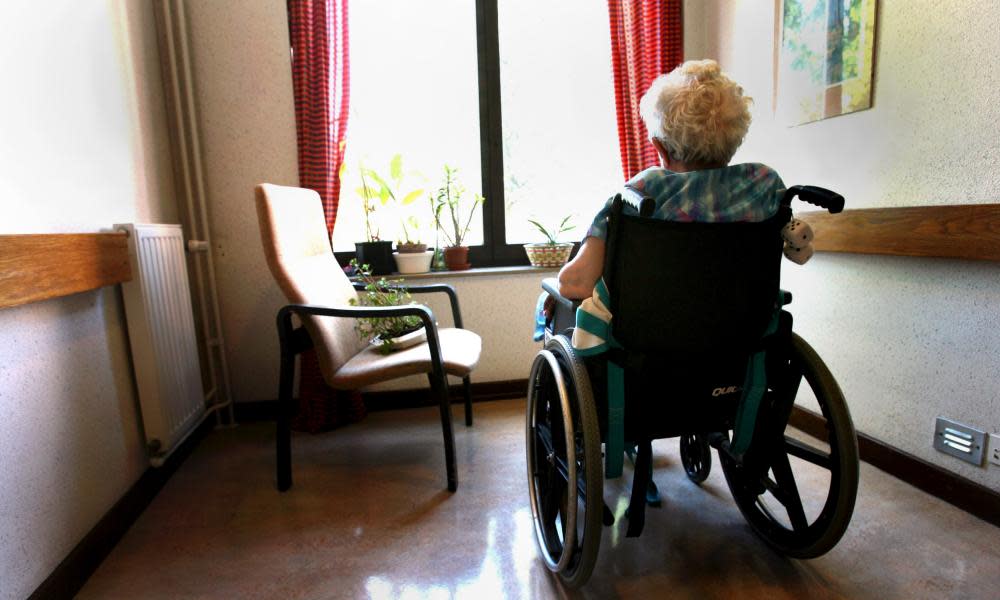Almost 4,000 assaults reported in Australian nursing homes last year, inquiry told

Almost 4,000 assaults were reported in Australian nursing homes last financial year, but the real number is likely to be much higher, the aged care royal commission has heard.
The federal health department secretary, Glenys Beauchamp, told the commission on Monday the 2017-18 figure of 3,773 assaults did not include incidents in which a cognitively impaired elderly person attacked another resident.
Beauchamp insisted assault allegations were followed up and referred to appropriate authorities, including police.
Following the Oakden nursing home scandal in Adelaide, a 2017 review by Kate Carnell and Ron Paterson recommended a “serious incident response scheme”.
Beauchamp said the scheme was under development and required legislative changes. The department was looking at whether to broaden the scope of assaults to cover those by residents on other residents.
“That decision hasn’t been made,” she told the hearing.
The Spriggs family, who blew the whistle on abuse at Oakden, have called for a national database of abusive workers. Beauchamp told the hearing there was “some merit” in the concept of an employee screening database.
Oakden abuse families also want CCTV cameras to be installed in communal areas of nursing homes.
Beauchamp said that idea could be “contentious” and would need substantial consultation. She said proposals for strict staff ratios in nursing homes were a “blunt instrument” but that it didn’t “cost anything” for staff to be friendly and show empathy.
Last week, the the royal commission heard up to 80% of dementia patients were taking some form of psychotropic drug but they were only useful in 10% of cases. Geriatrician Edward Strivens said the drugs put seniors at greater risk of death, stroke, disability and pneumonia.
Beauchamp said the chemical restraints should only be used as a “last resort”. A committee was looking into medication mismanagement, she said.
A month ago, on the eve of the royal commission’s first hearing, the government said it would bring in new regulations on the use of chemical and physical restraints.
Beauchamp confirmed no exposure draft had been released and the department was working on options to put to the aged care minister, Ken Wyatt.
She maintained government funding was sufficient to meet aged care demands over the next four years.
The head of the Aged Care Quality and Safety Commission, Janet Anderson, who has been in the job for six weeks, defended the new unannounced inspection auditing regime.
Anderson admitted that nursing homes could expect an inspection within 90 days of nursing home accreditation expiring.
“They are probably on heightened alert … they are less well prepared than if we designated a day and a time,” she said.
She insisted the commission was looking to start conducting unannounced visits after hours and on weekends in coming months.
The hearing was told some auditors worked part-time and also worked for providers but Anderson said the commission was across potential conflicts of interests and auditors’ findings were assessed by a separate decision-maker.
Asked if auditors could pick up a resident’s chart and be able to tell if someone was overmedicated, Anderson said some auditors may have a nursing background but all had access to the expertise of a clinical unit.
The Royal College of General Practitioners president, Harry Nespolon, told the hearing doctors seeing nursing home patients after hours was the “only way it makes economic sense”.
“If you leave your practice during the day, you’re not see patients you would normally see,” he said, adding there was unpaid aspects to tending to nursing home patients such as paperwork, phone calls with hospitals and driving to the residence.

 Yahoo News
Yahoo News 
